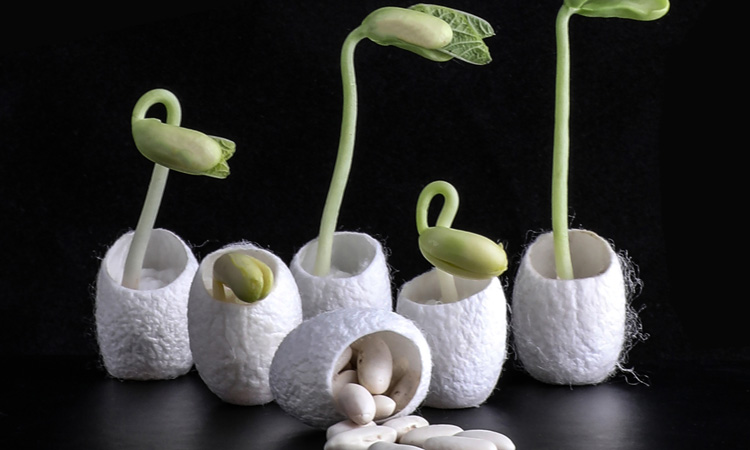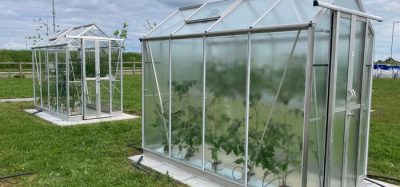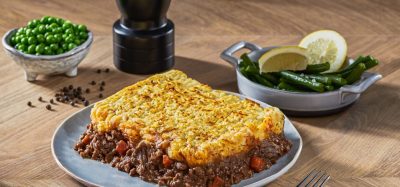Coated seeds could enable agriculture on marginal lands
- Like
- Digg
- Del
- Tumblr
- VKontakte
- Buffer
- Love This
- Odnoklassniki
- Meneame
- Blogger
- Amazon
- Yahoo Mail
- Gmail
- AOL
- Newsvine
- HackerNews
- Evernote
- MySpace
- Mail.ru
- Viadeo
- Line
- Comments
- Yummly
- SMS
- Viber
- Telegram
- Subscribe
- Skype
- Facebook Messenger
- Kakao
- LiveJournal
- Yammer
- Edgar
- Fintel
- Mix
- Instapaper
- Copy Link
Posted: 29 November 2019 | Sam Mehmet (New Food) | No comments yet
A specialised silk coating could protect seeds from salinity while also providing fertiliser-generating microbes, according to new research at the Massachusetts Institute of Technology (MIT).


Researchers have used silk derived from ordinary silkworm cocoons, like those seen here, mixed with bacteria and nutrients, to make a coating for seeds that can help them germinate and grow even in salty soil. Credit: Image courtesy of the researchers.
Providing seeds with a protective coating that also supplies essential nutrients to the germinating plant could make it possible to grow crops in otherwise unproductive soils, according to new research at the Massachusetts Institute of Technology (MIT).
A team of engineers has reportedly coated seeds with silk that has been treated with a kind of bacteria that naturally produce a nitrogen fertiliser, with the aim to help the germinating plants develop. Tests have allegedly shown that the seeds can grow in soils that are too salty to allow untreated seeds to develop normally.
The researchers hope this process, which they have said can be applied inexpensively and without the need for specialised equipment, could open up areas of land to farming that are now considered unsuitable for agriculture.
The work is said to have stemmed from previous research from Professor of civil and environmental engineering, Benedetto Marelli, which used silk coatings as a way to extend the shelf life of seeds used as food crops. “When I was doing some research on that, I stumbled on biofertilisers that can be used to increase the amount of nutrients in the soil,” he said. These fertilisers use microbes that live symbiotically with certain plants and convert nitrogen from the air into a form that can be readily taken up by the plants.
“One of the big problems with nitrogen fertilisers is they have a big environmental impact, because they are very energetically demanding to produce,” he added.
Although these nitrogen-fixing bacteria occur naturally in soils around the world, they are considered difficult to preserve outside of their natural soil environment, but silk can allegedly preserve biological material, so Marelli and his team used it on these nitrogen-fixing bacteria, known as rhizobacteria.
“We came up with the idea to use them in our seed coating, and once the seed was in the soil, they would resuscitate,” Marelli said.
The team added a particular nutrient to the mix, a kind of sugar known as trehalose, which some organisms use to survive under low-water conditions. The silk, bacteria and trehalose were all suspended in water, and the researchers soaked the seeds in the solution to produce an even coating.
The resulting plants, helped by ongoing fertiliser production by the bacteria, developed in better health than those from untreated seeds and grew in soil from fields that are presently not productive for agriculture, Marelli said.
In practice, such coatings could be applied to the seeds by either dipping or spray coating, the researchers explained. “The process is fast, easy, and it might be scalable” to allow for larger farms and unskilled growers to make use of it, graduate student Augustine Zvinavashe said. “The seeds can be simply dip-coated for a few seconds,” producing a coating that is just a few micrometres thick.
The ordinary silk they used “is water soluble, so as soon as it is exposed to the soil, the bacteria are released,” Marelli added. But the coating is said to still provide enough protection and nutrients to allow the seeds to germinate in soil with a salinity level that would ordinarily prevent their normal growth.









